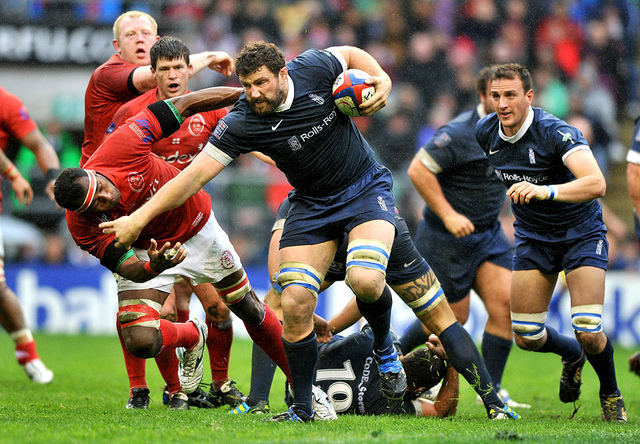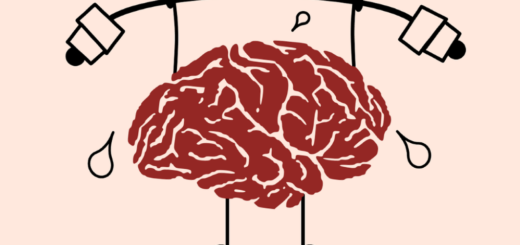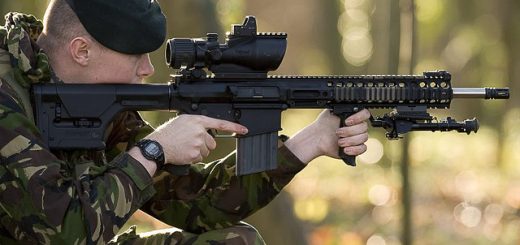Concussion Crisis

With Glasgow playing host to a major upset in rugby sevens and Commonwealth Games history, we would hope that such a spectacle would increase participation in sports not so often in the public eye. But when it comes to high contact games such as rugby, great care must be exercised to ensure the well-being of the players, and so a large body of research has been accruing to ensure the safety of all who wish to get involved.
In the UK, all rugby players and coaches are taught how to recognise a concussion. When a player is found to be concussed, said player must leave the field of play only to return when they are fully recovered 1. That being said, are concussions the only head injuries we should be worried about in hard hitting, high contact sports? Current evidence from the Center for the Study of Traumatic Encephalopathy (CSTE) in Boston suggest that sub-concussive blows can be far more dangerous than concussions themselves 2.
While concussions are treated very seriously by the sporting community at large, this is not the case for forceful blows to the head which do not result in a full concussion. These smaller injuries give rise, however, to a degenerative disease known as chronic traumatic encephalopathy (CTE).
Classic CTE was known as “punch drunk” and was usually used in reference to boxers after suffering from numerous blows to the head, but new cases have been found in other athletes including American football players as young as 213. Both cases of CTE (classic and new) are caused by abnormal tau – a protein in the brain which strengthens axons – forming clumps around key areas of the brain, such as the hippocampus and the amygdala. These areas of the brain, broadly dealing with memory and processing emotions, are then not able to fully function at the same rate as the rest of the brain, leading to short-term effects such as poor judgement and impulse control. The long-term effects of CTE include speech problems, suicidal tendencies due to mood swings and dementia.
At the moment, the main issue in treating CTE is detecting it early. Currently, the only confirmed diagnoses have been made post-mortem, but research is underway to find a radioactive substance that will bond with the abnormal tau in the brain, in order that it can be detected on a positron emission tomography (PET) scan. If this becomes possible, early detection could lead to less severe symptoms in the future – but only by taking the patient away from the risk of any further head injuries, and leaving the sport behind.
Edited by Debbie Nicol
References
- Rugby Football Union Don’t be a HEADCASE
- Stern R. A. Head Games: Decoding the Impact of Repetitive Brain Trauma in Sport Boston School of Medicine Conference Boston, 2012.
- Gilbert F. & Johnson L. S. The Impact of American Tackle Football-Related Concussion in Young Adults AJOB Neuroscience 2011 2(4) 48-59










